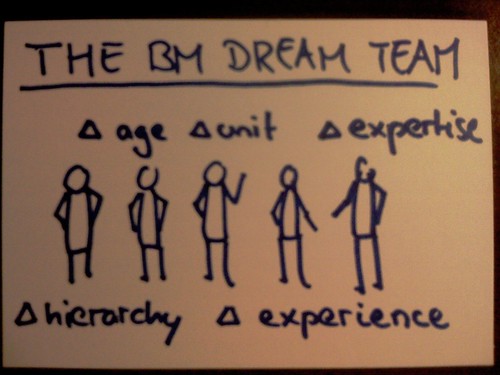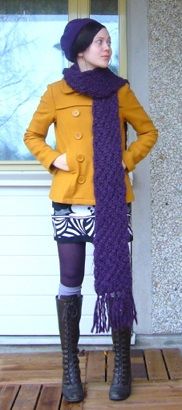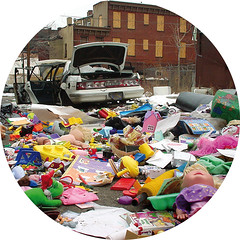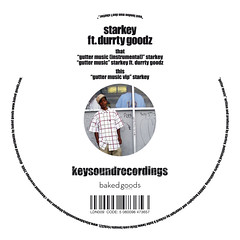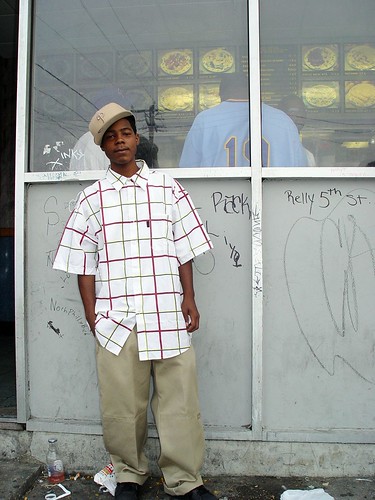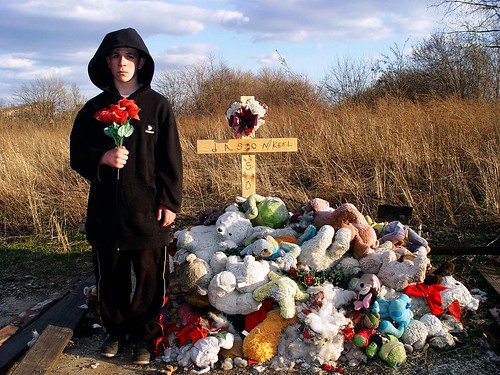
by Mike DeCapite
April is here. When I got home from work on Friday my room was shadowy and the sky was bright above the alley. I set an ashtray on the windowsill, put my feet up on the desk, and listened to a record I’ve had since I was fifteen. One night Luke and I walked into one of the mall record stores where a harmonica was playing and I looked up as though I were in church. You know how you look up, by reflex? The record——I later found out from the words but I heard it instantly in the music——was about the road. It was about a life lived from place to place, person to person, job to job, but ultimately alone. It was about being honest rather than good. It accepted the nature of time and change, and imagined life as a series of episodes and entanglements which add up to an idea. The harmonica poured its heart out and the music glittered like sunlight on the spokes of a wheel or the surface of a stream. That moment was one of those recognitions of how things are, and are going to be, and the song has been like a church to me ever since.
Springtime always brings me back around to this record, which is about the presence of the past as much as anything else. On Friday as I leaned back against the bookcase, the music opened a window on the past. The past was a room I was looking into, and I was in that room, and it was the same room as the one I call the present. The things of this room are from the past, the same as my reasons for being here, all of which——the books, the trunk, the room, my reasons——are of the present, too. The past exists on the same plane as the present, with its wives and friends who come and go and the difficulties of communication and the permanence of impermanent relations and vice versa. I haven’t spoken to Flo since I left New York. A few weeks ago I had a tough conversation with Kitty, one of those conversations in which you can hear how things are and how they’re going to be. It’s five years since we split up, five years since I moved into this room. There are scenes and utterances which will be with me for the rest of my life. I undermined both marriages by drinking, which is a way of hanging onto a moment that’s already gone. I undermined my second marriage with guilt about the first, which is another way of hanging on. The guilt I’ve gotten past. I couldn’t carry that guy anymore, with all his ideas about things. What’s still standing, what’s hardest to accept, is the minor tragedy that all of us are right. There’s no turning back. There’s no help for it, there’s no one to call about it, there’s nothing much to say about it because it just is. And it’s always now.
When the record was done I swept and straightened the room and stacked some books on the bare floor. Then I went to a party which the warm weather had engendered as naturally as it brought forth the buds, walking quietly through the dusk, inhaling jasmine so sweet it was almost sour, and gardenia, and other things I couldn’t name. I didn’t want to go. I had nothing to say, I didn’t want to talk, or listen to others talk. The sky was emptying out. A bright pink contrail, which looked as permanent as a scar, had disappeared without a trace when I looked again.
At the party, everywhere I turned there were a bottles of liquor and wine and mixers and olive spears and fruit, and everyone was mixing and sipping delicious-looking and civilized martinis in cold metal shakers and Campari-&-sodas with orange slices and bourbons on the rocks, but my momentary temptation to have a drink was an ember easily stamped out, because it’s been a long time already and I have, hopefully, a long way to go.
It frightens me, the awful truth of how sweet life can be...
On Saturday morning I folded up the bed, made a pot of tea, did a little writing. Then I went to the racetrack.
I rode the train to the East Bay and got off at North Berkeley. There I left the station and crossed the road to where a cab driver was standing under a tree. There were three riders in his taxi, waiting for a fourth. I squeezed in and off we went, handing money over the seat——two-fifty each——the usual silent citizen with slicked-back hair in a blue windbreaker who rode up front, a shrunken man in a suit and turban, and a sizeable woman who said that if she won she was going to buy a new pair of shoes. Berkeley’s warmer, a month further into spring. We rode through streets of bungalows and yellow flowers in overgrown lawns, under the freeway to the bay.
At the curb we wished each other luck and went our separate ways. I took a Form, program, and coffee to the grandstand. The morning was spread below me with the Berkeley hills beyond. Sprinklers arced on the infield grass, which was mown in stripes. Slow tractors overturned the dark earth of the track, followed by the water trucks, which cooled it all down.
I had a bad day out there. In my first race I got shut out of a horse that won and paid $50, and then I had two out of three horses in the next five trifectas. Pete showed up and we caught a small trifecta which brought me halfway back. On our way out he wanted to watch them come around again, so we stopped and waited by the rail. I leaned on the fence, watching a bumblebee hovering above its shadow on the dirt. Funny how quiet it is when they come around. All you hear is the horses’ breathing, and now and then a whip...
Today, Sunday, I stood in the back door. Blazing sunlight had chosen a white flower and filled it with light, more light than it could hold, before moving on. Around 3:30 I took my laundry around the corner. The shadows were shot with sunlight, and the cool air carried the sun’s warmth. Everyone on the street looked a little blinded by the light, like they didn’t quite know what to do with themselves and they were waiting for it to die down a little...
It’s taken me five years to see that I live on the prettiest street in San Francisco. The trees won me over, the eloquent double row of elms in both directions...
After many months bare, the trees hang fully leafed now, slaves to life like everyone else.
Download:
"Tangled Up In Blue" mp3
by Bob Dylan, 1975.
Available on Blood on the Tracks
"Simple Twist Of Fate" mp3
by Bob Dylan, 1974.
available on New York Sessions: Blood On The Tracks
"Up To Me" mp3
by Bob Dylan, 1974.
available on Biograph
"Call Letter Blues" mp3
by Bob Dylan, 1974.
available on The Bootleg Series, Vols. 1-3 (Rare & Unreleased) 1961-1991
"You're A Big Girl Now" mp3
by Bob Dylan, 1974.
available on New York Sessions: Blood On The Tracks
"Buckets of Rain" mp3
by Bob Dylan, 1975.
available on Blood on the Tracks
"April Fool's Day" from RUINED FOR LIFE! © 2009 Mike DeCapite; originally published in somewhat different form, by angle magazine in 2004.
Mike DeCapite's long-out-of-print novel Through the Windshield is now available as a Kindle book via Amazon.
Photograph: Folsom Street, San Francisco, CA. 2008
© Ted Barron






















